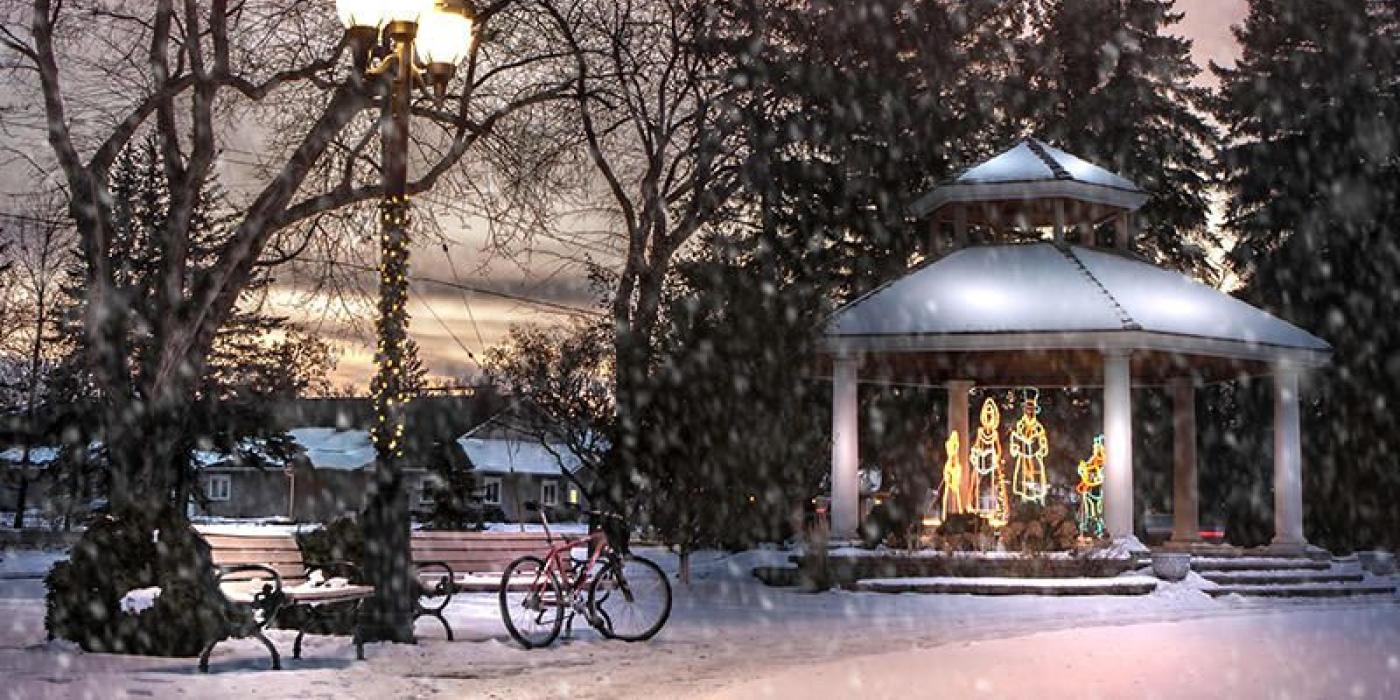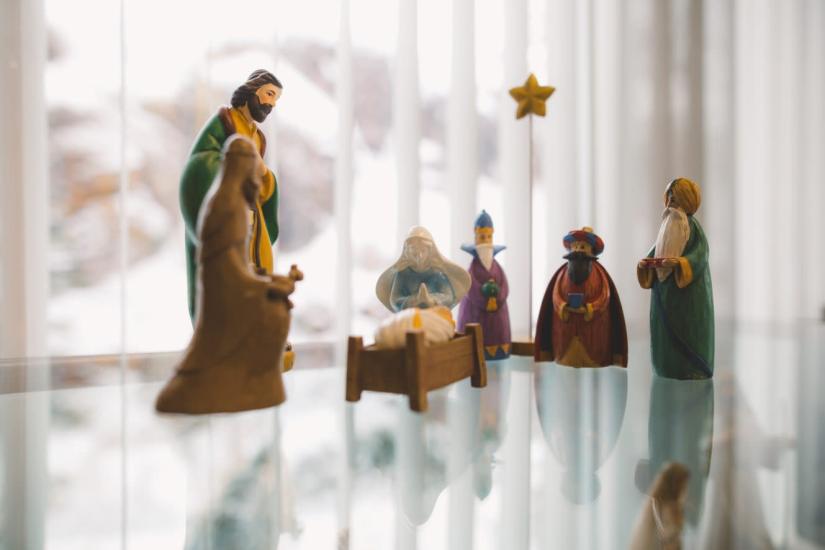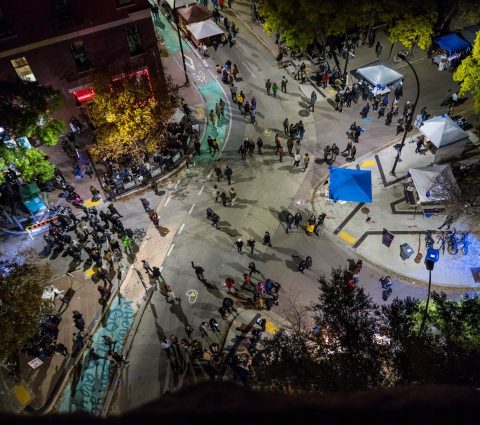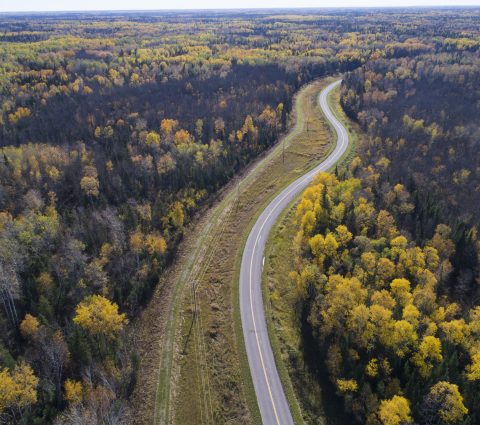- Things To Do
- Events
- Food & Drink
-
Places To Go
- Winnipeg
- Churchill
- Eastern Region
- Central Region
- Interlake Region
- Parkland Region
- Western Region
- Manitoba North
- Must-See Destinations
-
Itineraries
- Island Getaway on the Prairies
- Adventure From Here on Out
- Wheat City Wanderings in Brandon
- Escape to the water and the wild
- St. Boniface Winter: Passion and History
- Follow the path to a story in Neepawa
- Unleash your inner Viking this winter
- Explore Clear Lake This Winter Like Never Before
- Breathe in the Whiteshell this winter
- Go North for a boreal forest escape
- Treaty Areas
- Where To Stay
- Trip Essentials
- #ExploreMB Blog
Navigation Options
- FREN
- Things To Do
- Events
- Food & Drink
-
Places To Go
- Winnipeg
- Churchill
- Eastern Region
- Central Region
- Interlake Region
- Parkland Region
- Western Region
- Manitoba North
- Must-See Destinations
-
Itineraries
- Island Getaway on the Prairies
- Adventure From Here on Out
- Wheat City Wanderings in Brandon
- Escape to the water and the wild
- St. Boniface Winter: Passion and History
- Follow the path to a story in Neepawa
- Unleash your inner Viking this winter
- Explore Clear Lake This Winter Like Never Before
- Breathe in the Whiteshell this winter
- Go North for a boreal forest escape
- Treaty Areas
- Where To Stay
- Trip Essentials
- #ExploreMB Blog

Header photo: @dy_yd_
The world’s most celebrated holiday dates back to the 4th century and has had enormous influence on popular (and unpopular) culture ever since. It might come as even more of a surprise to learn that one of the top Christmas historians in the world resides right here in Winnipeg.
I first met Gerry Bowler at the University of Manitoba, where he taught a History of Christmas. Gerry Bowler has since retired from the University but continues to share his expertise on the holiday. While his three books, The World Encyclopedia of Christmas, Santa Claus: A Biography and Christmas in the Crosshairs ought to be on your reading list this month (especially if you want to rock your Christmas cocktail parties this year), we wanted to know more about a topic near and dear to our hearts: Christmas in Manitoba. Here are 9 interesting facts shared with us by Gerry Bowler on Christmas in Manitoba…
1. Christmas was first celebrated in Manitoba in 1619
“The first Christmas celebrated in Manitoba was by Danish explorer Jan Eriksen Munk in 1619, close to what is now Churchill. Munk’s two ship expedition had claimed the area for the King of Denmark and were forced to winter over. He noted: “The Holy Christmas Day we all celebrated and observed solemnly, as a Christian’s duty is. We had a sermon and Mass; and after the sermon we gave the priest an offertory, according to ancient custom.” Unfortunately, 65 of his 69-man crew died of scurvy and starvation.”
A little morbid for the holiday season – but an interesting fact nonetheless!
2. The heart of the Buy Nothing Christmas Movement is Winnipeg
“The heart of the Buy Nothing Christmas Movement is Winnipeg, where a group of young Mennonites began to fight back against seasonal commercialism. You can sing along with their versions of carols such as ‘Welcome to Consumer Wonderland’.”
For the curious, here’s a little snippet of the carol:
TV’s on
Are you watching?
Another product,
That they’re hawking
One more thing you need,
To make life complete
Welcome to Consumer Wonderland!
3. Eaton’s Christmas mascot, Punkinhead the Sad Little Bear, was invented by a Winnipeg animator
“Punkinhead the Sad Little Bear was Eaton’s attempt at duplicating the success of Rudolph the Red-Nosed Reindeer as a department store Christmas mascot. He was invented in 1948 by Winnipeg animator Charlie Thorson who had also worked on Walt Disney’s ‘Snow White.'”
The Sad Little Bear isn’t the only (almost) forgotten legacy left behind by Eaton’s. In previous years, the Children’s Museum put the Eaton’s Fairytale Vignettes on display during the holiday season.
4. Winnipeg’s Santa Claus parade started in 1905
“Everyone knows that the world’s first Santa Claus parade was put on by Eaton’s Toronto store in 1905, but few know that the Winnipeg store also sponsored one that year. The parade continues to this day, though now it is in the care of Manitoba Hydro.”
Winnipeg’s Santa Claus Parade takes over the downtown area annually at the end of November.
5. Icelandic settlers brought the legend of Jolasveinar to Manitoba

“Icelandic settlers to Manitoba brought with them the legend of the Jolasveinar, mischievous elves that come out at Christmas and plague humans with little tricks. They bear names such as Door-Slammer, Candle Snuffer and Meat-Hook.”
It’s good to know what really goes on in Gimli during the Christmas season.
6. The poem “Winnipeg at Christmas” was written by English visitor Rose Fryleman
“The poem ‘Winnipeg at Christmas’ which begins ‘In Winnipeg at Christmas/ There’s lots and lots of snow’ was written by an English visitor to the city, Rose Fyleman who was inspired by a snowy walk she took in 1929. It was published in 1930 in Punch magazine.”
Lots of snow indeed. You can read the full poem here.
7. “Ukrainian Christmas” continues to be celebrated in Manitoba
“Ukrainian pioneers in Manitoba clung to the Julian calendar for their church holidays and thus “Ukrainian Christmas” is celebrated on January 7th. Their descendants continue to eat a wonderful Christmas Eve meal of 12 meatless dishes.”Ukrainian children living in Manitoba rejoice every year that the holiday falls on a school day.
8. The Italian custom of making elaborate nativity scenes is alive and well in Winnipeg

“The Italian custom of making elaborate Christmas nativity scenes, often with hundreds of figures, animals and buildings, is alive and well in Winnipeg. Holy Rosary Catholic Church in Osborne Village has a lovely crèche or presepio. This custom is also found among Latin American and Portuguese families in Manitoba.”
From basements filled with nativity scenes to Festival des Crèche in St-Georges, it’s clear that the custom is greatly appreciated in Manitoba.
9. Manitoba at Christmas (2016) by Wayne Chan contains 400 years of Christmas memories in Manitoba
“Manitoba at Christmas (2016) by Wayne Chan is a great book for discovering how our province has celebrated the holiday for centuries.”The book is a collection of the sights, sounds and smells of the season in our beautiful province. Added to the holiday reading list!Thanks to Gerry Bowler for generously sharing his Christmas knowledge with us. For more, check out: The World Encyclopedia of Christmas, Santa Claus: A Biography and Christmas in the Crosshairs


